Temperature rise calculations?
dasnider
14 years ago
Related Stories

GREEN BUILDINGInsulation Basics: Designing for Temperature Extremes in Any Season
Stay comfy during unpredictable weather — and prevent unexpected bills — by efficiently insulating and shading your home
Full Story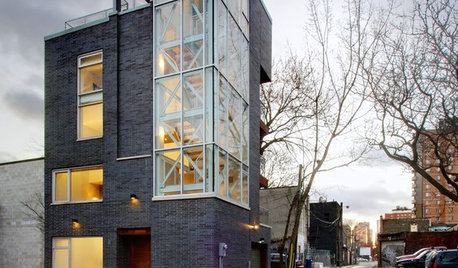
HOUZZ TOURSMy Houzz: A Tower Home Rises in Downtown Toronto
Aiming high, a Canadian couple builds a 5-floor residence on a compact, neglected urban plot
Full Story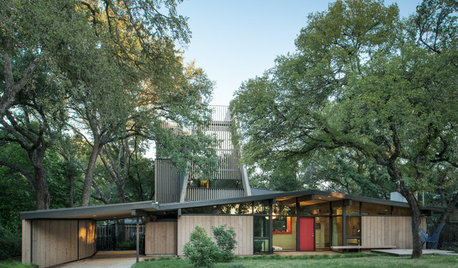
HOUZZ TOURSHouzz Tour: New Tower Rises From a Midcentury Ranch House
An Austin homeowner and her architect expand on the original vision of A.D. Stenger, who designed the ’60s-era home
Full Story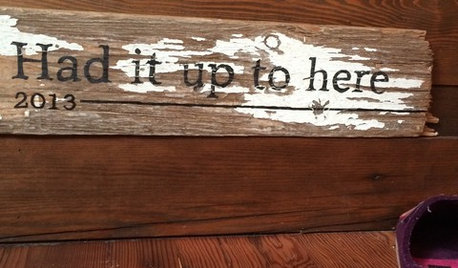
DISASTER PREP & RECOVERYFamily’s New Style Rises in the Aftermath of a Flood
After their damaged walls are demolished, homeowners realize they like the open space and decide to keep it
Full Story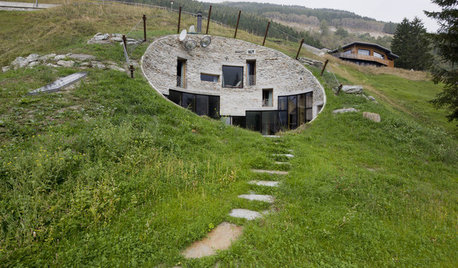
ARCHITECTURESee 6 Homes That Rise to the Rural Landscape
Sensitive to an unusual site or conscious of a harsh climate, these houses thoughtfully address their surroundings
Full Story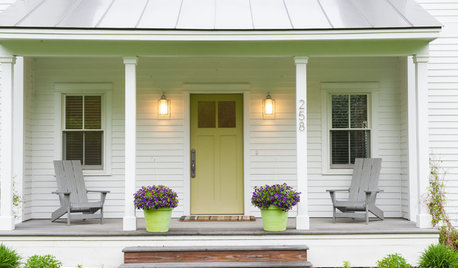
HOUZZ TOURSMy Houzz: A Prefab Modern Farmhouse Rises in Vermont
A prefab borrows from the simplicity of barns to suit its family and the Vermont countryside
Full Story
EDIBLE GARDENS6 Summer Edibles That Can Really Take the Heat
When garden temperatures soar, these herbs and vegetables rise to the challenge
Full Story
GREAT HOME PROJECTSHow to Add a Radiant Heat System
Enjoy comfy, consistent temperatures and maybe even energy savings with hydronic heating and cooling
Full Story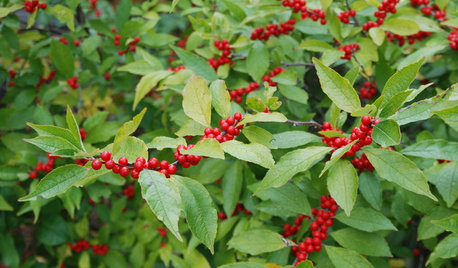
WINTER GARDENINGFire and Ice: 8 Plants That Blaze Once Frost Hits
Not everything in the garden sleeps in the cold — these plants rise and shine in fall and winter, bringing bright color to beat the blahs
Full Story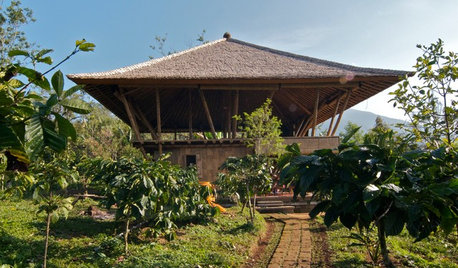
ARCHITECTURE15 Intriguing Homes Perched Above the Earth
Set on stilts, propped on pilotis or cantilevered into the air, these residences rise to the occasion
Full StoryMore Discussions






jakethewonderdog
veesubotee
Related Professionals
Lockhart Solar Energy Systems · Coachella Solar Energy Systems · Fontana Solar Energy Systems · Forest Park Solar Energy Systems · Greenville Solar Energy Systems · Maple Grove Solar Energy Systems · Old Saybrook Solar Energy Systems · Pacific Grove Solar Energy Systems · Roselle Park Solar Energy Systems · Los Alamitos Home Automation & Home Media · Pittsburgh Home Automation & Home Media · San Jose Home Automation & Home Media · San Mateo Home Automation & Home Media · Tampa Home Automation & Home Media · Waltham Home Automation & Home MediadasniderOriginal Author
paulbm
zl700
dasniderOriginal Author